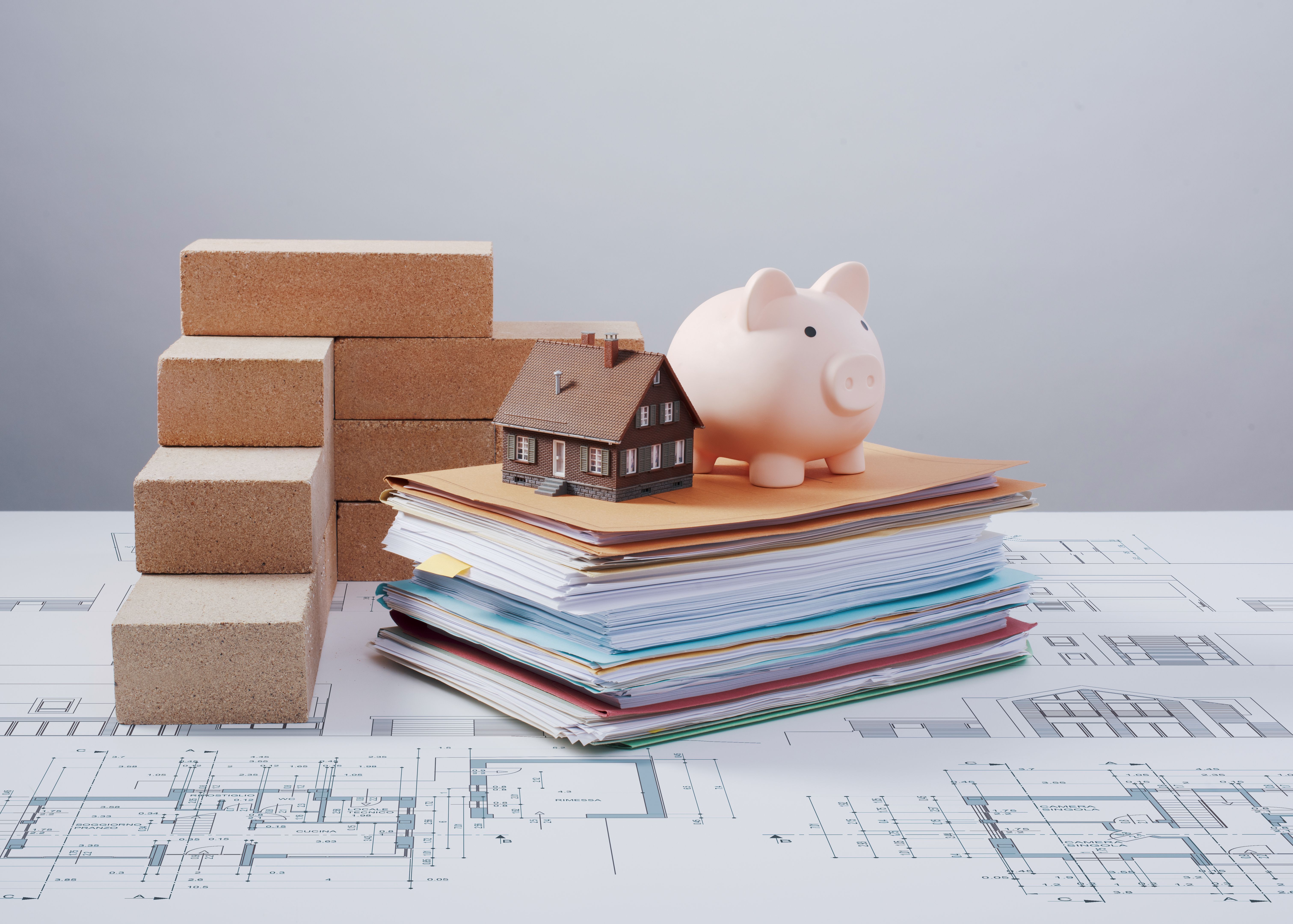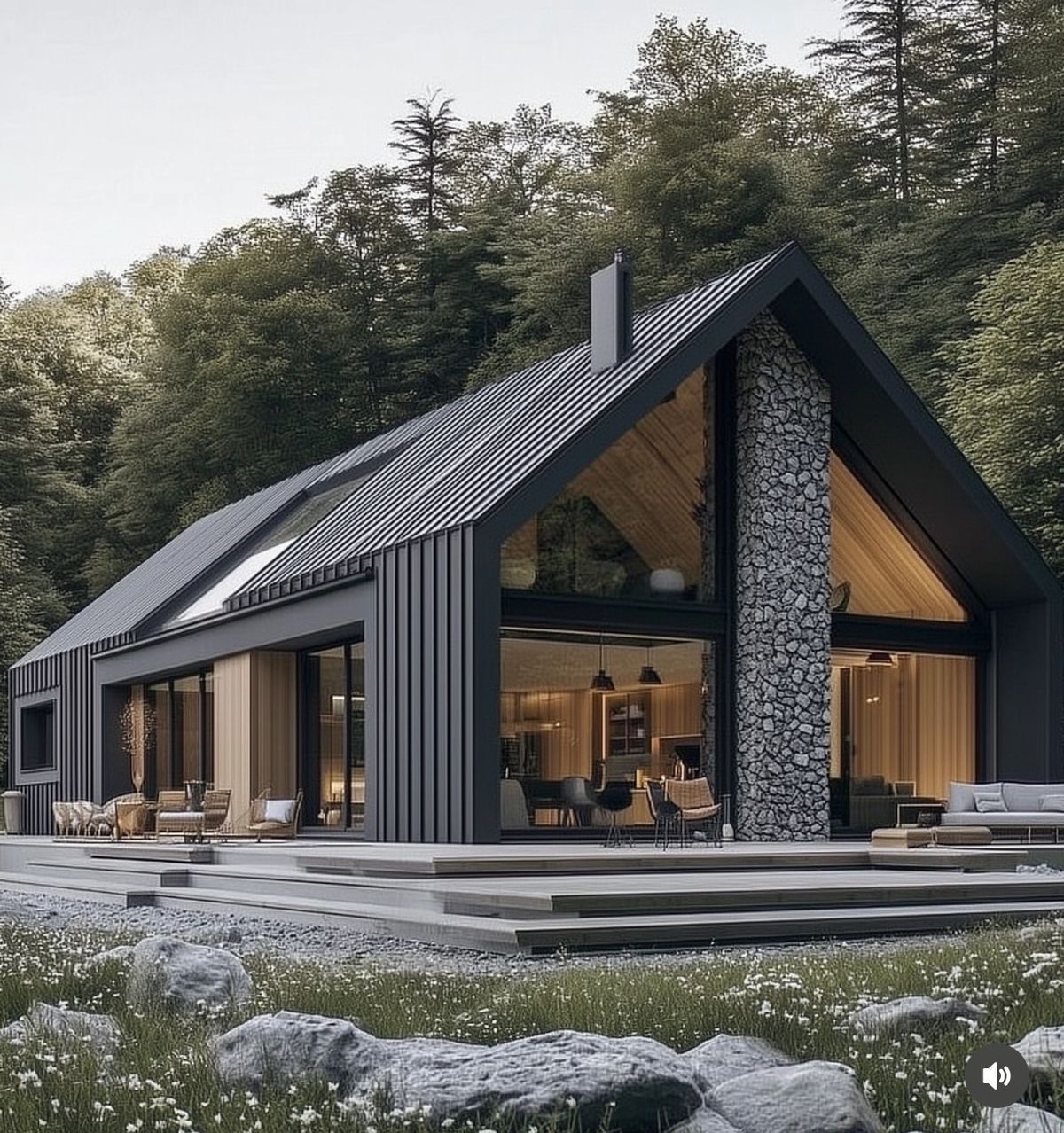Prefab vs Traditional Construction: Why Prefabrication is the Future
Understanding Prefabrication and Traditional Construction
The construction industry has long been dominated by traditional methods, where every component is built on-site, often taking months or even years to complete. In contrast, prefabrication involves manufacturing building components off-site in a factory setting, then transporting them to the construction site for assembly. This method has gained popularity for its efficiency and cost-effectiveness.

Speed and Efficiency
One of the most significant advantages of prefabricated construction is its speed. Since components are manufactured simultaneously with site preparation, the overall project timeline can be drastically reduced. Traditional construction processes are often delayed by weather conditions, material shortages, or labor issues. In contrast, prefabrication minimizes these disruptions by streamlining production.
Additionally, factory settings allow for a higher level of precision and quality control. Components are produced using state-of-the-art machinery, which ensures consistent quality and reduces the likelihood of human error. This results in a more predictable timeline and fewer surprises during the construction phase.
Cost-Effectiveness
Cost is always a critical factor in any construction project. Prefabrication can offer significant savings due to reduced labor costs, minimized material waste, and shorter construction timelines. The controlled environment of a factory allows for bulk purchasing of materials, which often comes at a lower price compared to buying smaller quantities needed for traditional construction.

Moreover, since prefabricated components are designed to fit together seamlessly, there are fewer unexpected expenses related to fixing misalignments or errors that are common in traditional builds.
Sustainability and Environmental Impact
As the world becomes more environmentally conscious, sustainable building practices are increasingly essential. Prefabrication offers several eco-friendly benefits. The precision of factory production results in less material waste. Furthermore, many prefabrication facilities employ recycling initiatives for leftover materials, further reducing the environmental footprint.
Unlike traditional construction, which often disrupts the surrounding environment, prefabrication requires less on-site work, resulting in minimal disturbance to local ecosystems. This method can significantly reduce the carbon footprint of a construction project.

Design Flexibility and Innovation
Contrary to popular belief, prefabrication does not limit design options. Modern technology allows for a high degree of customization and architectural innovation. Prefabricated elements can be tailored to meet specific design requirements, offering flexibility that rivals traditional methods.
- Customizable layouts
- Wide range of materials and finishes
- Integration with smart technology
The Future of Construction
The construction industry is gradually shifting towards more efficient, sustainable methods, and prefabrication is at the forefront of this transformation. As technology continues to advance, the possibilities for prefabrication are expanding, promising even greater efficiency and innovation in the future.
For developers, architects, and builders looking to stay ahead in a competitive market, embracing prefabrication could be a game-changer. The shift towards prefabricated methods not only aligns with modern demands for speed and sustainability but also paves the way for future advancements in construction technology.
